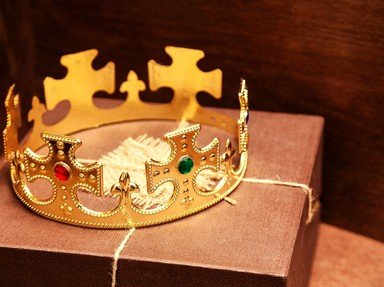
Kings and Queens of the House Trivia Quiz
Match the Royal Houses
U.K. history is filled with rulers from various houses, all vying to remain in power. Can you properly label each ruler with their correct house? (Hint: The rulers are in chronological order.)
A matching quiz
by trident.
Estimated time: 3 mins.